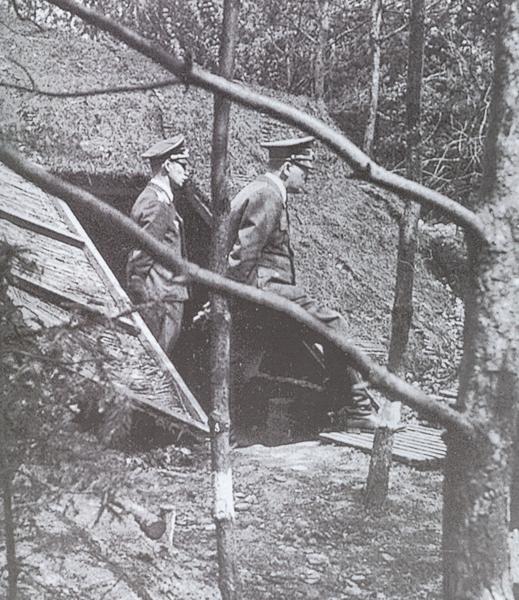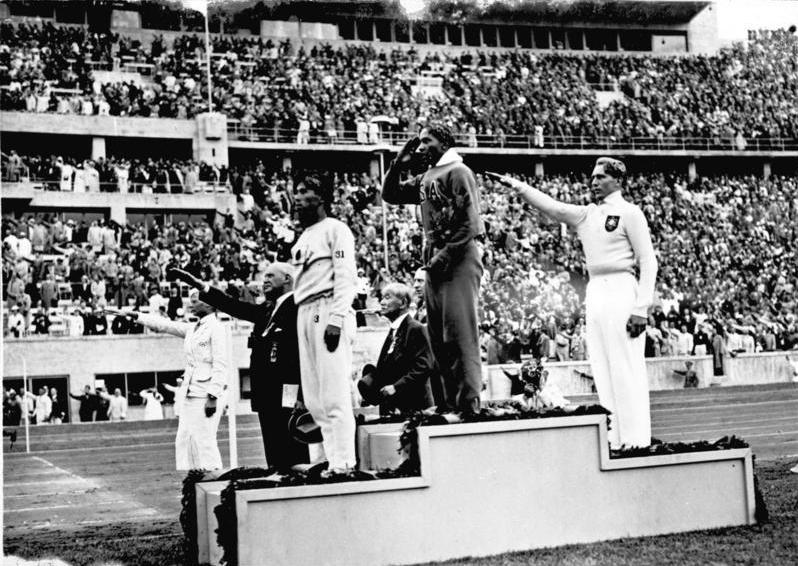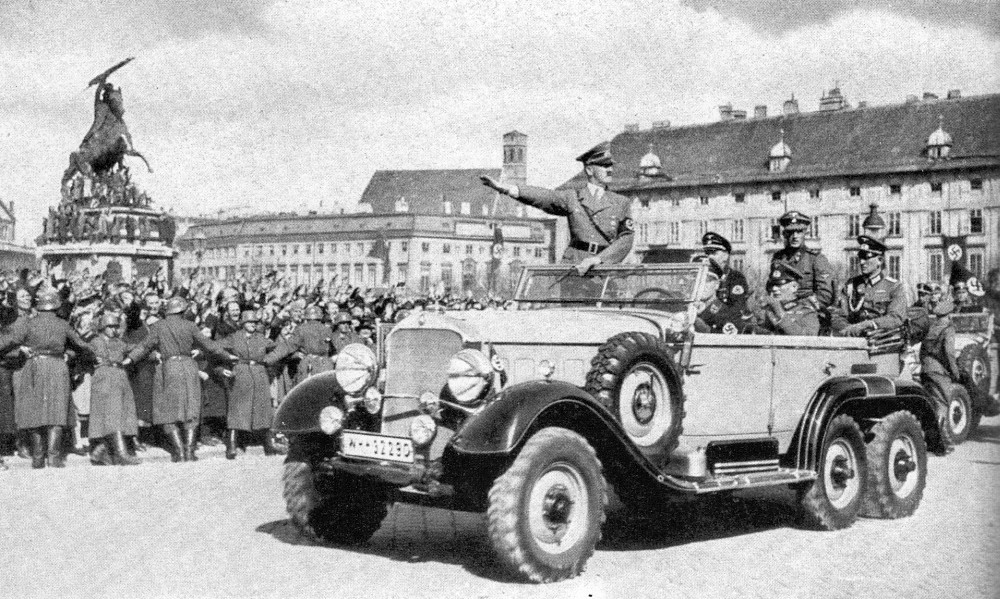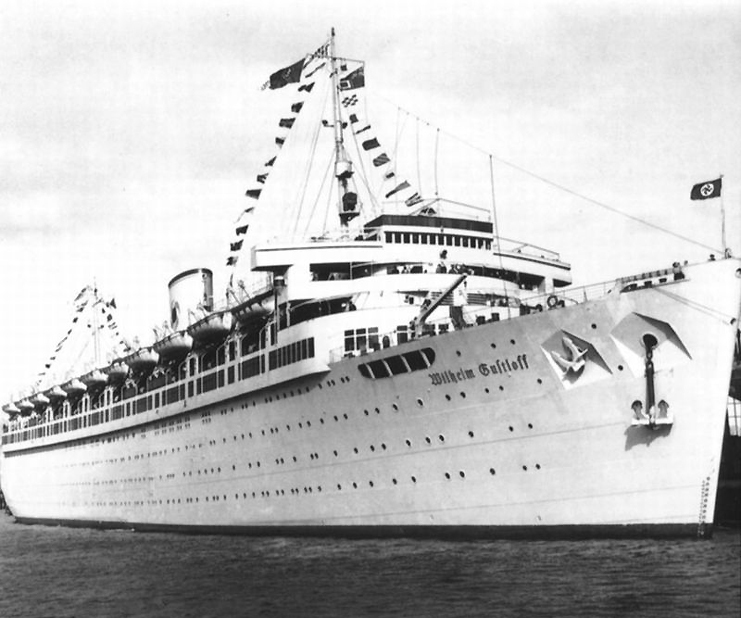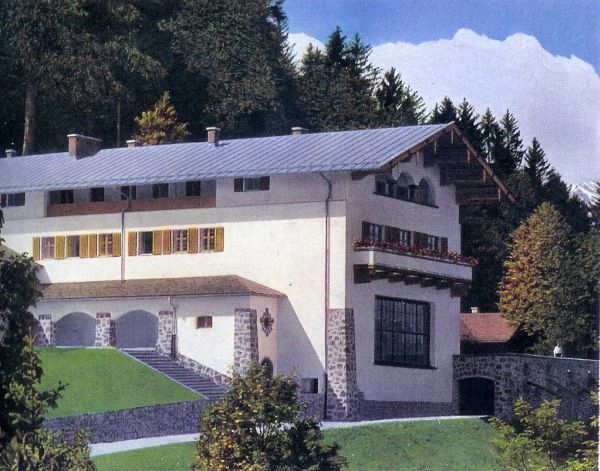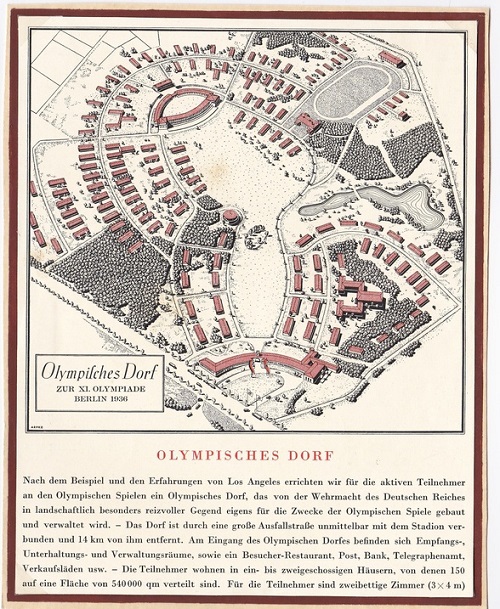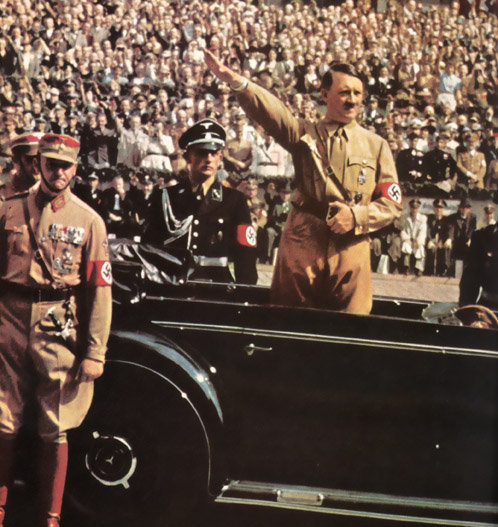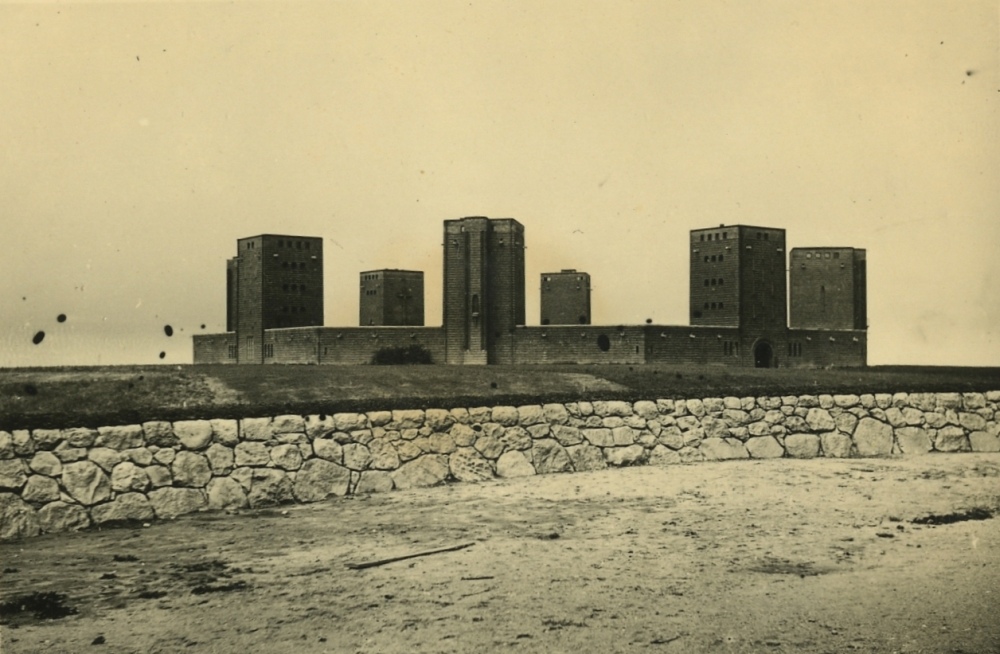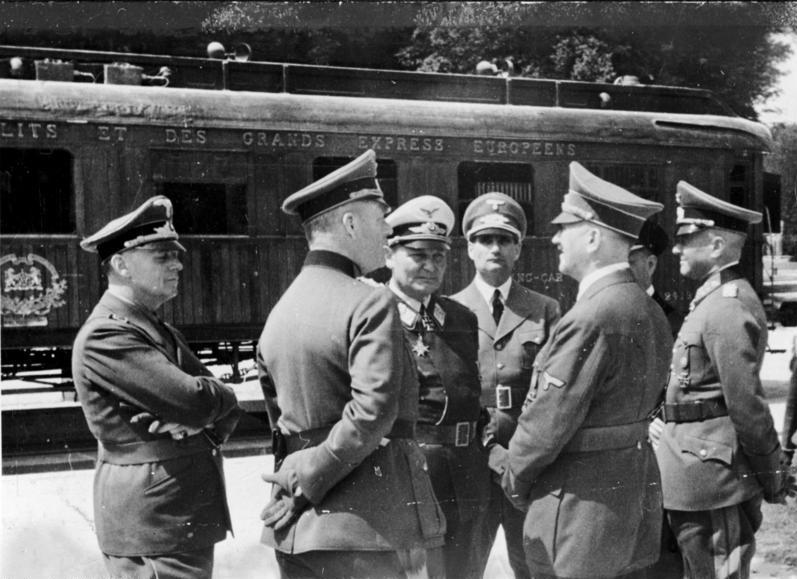Articles
- Article by Sjoerd de Boer
- Published on
Hitler during the German invasion of Western Europe
In the afternoon of May 9th, 1940, Hitler’s Sonderzug [special train] left the railway station Finkenkrug in Berlin. Almost none of the passengers had been informed about the destination of this trip; for some of them it was just about a Whitsundays’ outing. But it concerned nothing of the sort. The trip which had been indicated to be a visit to the German troops in Denmark and Norway, took an interesting turn when, past Hamburg, the train headed west. From that moment onwards there was no more doubt about the purpose of the trip. Then, after adjutant Nicolaus von Below passed on the latest weather forecasts, Hitler announced that the attack on the West was definitive; it was clear: It would take only another few hours before France, The Netherlands and Belgium were going to be invaded by the German army.
- Article by Sjoerd de Boer
- Published on June 3rd, 2020
Hitler's absence during the medal ceremony, Berlin 1936
During the 1936 Olympic Games in Berlin, Jesse Owens, a black American athlete, decisively outperformed his German competitors and won four medals. Adolf Hitler, who was in attendance, was reportedly so enraged that he stood up and left the stadium.
- Article by Sjoerd de Boer
- Published on May 19th, 2020
Hitler's cars
Where they are is not always easy to find out, but they are not unique either. Hitler's cars. He had several, some of which are in museums around the world. There are some that didn't make it to the end of the war, and where the rest is remains a mystery. Every now and then one shows up at an auction, only often to disappear very quickly into a private collection.
- Article by Peter Kimenai
- Published on January 30th, 2021
Nazi ship Wilhelm Gustloff
May 5, 1937 was an important date for the Nazi Regime in Germany. On that day the new passengerliner and cruise ship Wilhelm Gustloff was launched on the Blom & Voss shipyard in Hamburg and named after the Gauleiter Wilhelm Gustloff, leader of the Swiss nazy party.
- Article by Sjoerd de Boer
- Published on
Obersalzberg: resort or Alpine fortress
When on 25 April,1945 more than 300 airplanes bombed the Obersalzberg in German Bavaria, the idyllic country resort of Adolf Hitler was finally history. Five days before committing suicide, this last refuge from the bunker in Berlin was closed. But why did the allies bomb the retreat so late in the war? Were they afraid that Hitler would retreat towards the villa at the last moment?
- Article by Maurice Laarman
- Published on January 30th, 2022
Olympic village Berlin 1936
In the mid-thirties, Berlin is the center of the world during the Olympic Summer Games of 1936. Adolf Hitler uses the games to show the world what Nazi-Germany is capable of. The Olympic village, built by the Germans in the close proximity of Berlin, is the temporary residence of most athletes. This article provides an overview of the construction of the village, daily life during the Games and the vacancy and the decay during and after World War Two. In addition, attention is paid to the restoration and conservation of the remains of the village following the Soviet period.
- Article by Gerd Van der Auwera
- Published on February 21st, 2016
Rise of the Third Reich
The rise of the Third Reich will be unveiled in this article, the central question being: "How did the Nazis manage to establish a dictatorship in Germany within a short timespan and with little actual opposition from the population?" It is not the intention to describe the history of the N.S.D.A.P. in detail. To that end, reference is made to the specific article about this party.
- Article by Maurice Laarman
- Published on
Tannenberg Memorial
Part of a nation’s identity exists of a shared history. How people regard this subject varies per generation. Monuments express the zeitgeist, built to commemorate historical events, and symbolize the past and national identity.
- Article by Sjoerd de Boer
- Published on March 7th, 2021
Train carriage at Compiègne
The First World War came to end in a forest in Compiègne, north of Paris. The French and the Germans sat facing each other in a train carriage. Hitler considered this an insult he wanted to eradicate as quickly as possible. When his armies had overrun the French in 1940, he thought he wanted to do the same by having the French sign the armistice at exactly the same location on June 21, 1940. His rants against the subsequent Treaty of Versailles, imposed on Germany, had been a recurring subject in the speeches he had held in the period in which he had evolved from an unknown into an increasingly popular figure in Bavarian and German politics. And now he turned the tables.
- Article by Gerd Van der Auwera
- Published on June 19th, 2013
Women in Nazi ideology and the Nazi economy
All too often the Nazi ideology is dismissed as ‘window dressing’, designed to cover up the intentions of political and military power. Nazi ideology included Hitler’s cult of personality; the effort to reshape Germany into a world power and racial theory that glorified the Aryan race and described Jews, among others, as parasites.
